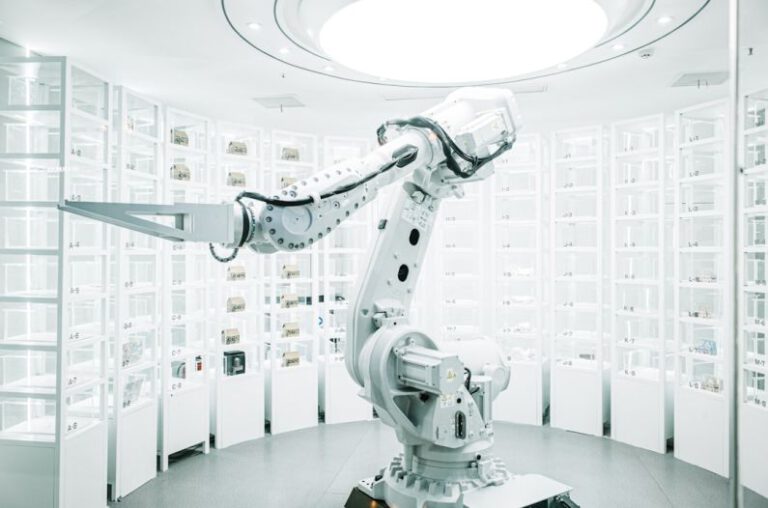How Are Robots Transforming On-site Construction Work?
Robots are revolutionizing the construction industry by streamlining on-site work processes and enhancing productivity. With advancements in technology, robots have become integral to construction sites, performing tasks that were once tedious, dangerous, or time-consuming. From bricklaying to site surveillance, robots are reshaping the way buildings are constructed. Let’s delve into how robots are transforming on-site construction work.
Enhanced Safety Measures
Robots play a crucial role in ensuring safety on construction sites. By taking over hazardous tasks such as heavy lifting and working at heights, robots help reduce the risk of accidents and injuries to human workers. Equipped with sensors and cameras, these robots can navigate through construction sites with precision, identifying potential dangers and avoiding collisions. As a result, the overall safety standards on construction sites are significantly improved, creating a secure working environment for all.
Efficient Bricklaying and 3D Printing
One of the most significant contributions of robots in construction is their ability to perform tasks like bricklaying and 3D printing with unmatched precision and speed. Bricklaying robots can lay bricks at a consistent pace, eliminating human errors and reducing the time required to complete a project. Similarly, 3D printing robots can create complex structures with intricate designs, revolutionizing the way buildings are constructed. These robots are capable of working around the clock, accelerating the construction process and minimizing delays.
Automated Site Inspection and Monitoring
Robots are also transforming on-site construction work through automated site inspection and monitoring. Drones equipped with cameras and sensors can conduct aerial surveys of construction sites, providing real-time data on progress and identifying potential issues. This technology enables project managers to make informed decisions quickly, leading to more efficient project management. Additionally, robotic devices can be deployed for structural inspections, saving time and resources while ensuring the quality and safety of the built environment.
Precision Demolition and Deconstruction
Robotic systems are increasingly being used for precision demolition and deconstruction processes, minimizing the environmental impact of construction projects. Demolition robots can dismantle structures with precision, reducing waste and lowering the risk of damage to surrounding buildings. By selectively removing materials, these robots enable efficient recycling and salvage of components, promoting sustainability in the construction industry. Moreover, robotic deconstruction techniques are less disruptive to the surrounding environment, making them a preferred choice for sensitive urban areas.
Collaboration with Human Workers
Contrary to the misconception that robots will replace human workers, the integration of robots in construction is aimed at collaborating with human labor to enhance overall efficiency. Robots are designed to handle repetitive and physically demanding tasks, allowing human workers to focus on more complex and creative aspects of construction projects. By working together, robots and human workers can achieve higher levels of productivity and quality, leading to better outcomes for construction projects.
Future Prospects and Challenges
As technology continues to evolve, the role of robots in on-site construction work is expected to expand further. With advancements in artificial intelligence and machine learning, robots will become more autonomous and adaptable to diverse construction environments. However, challenges such as high initial costs, technical complexities, and the need for specialized training remain significant hurdles to widespread adoption. Overcoming these challenges will require collaboration between industry stakeholders, researchers, and policymakers to ensure the successful integration of robots into the construction sector.
In Conclusion
Robots are reshaping the landscape of on-site construction work, offering innovative solutions to traditional challenges and enhancing safety, efficiency, and sustainability in the industry. By leveraging the capabilities of robots for tasks ranging from bricklaying to site monitoring, construction projects can be completed faster, safer, and with higher quality standards. As the construction industry embraces automation and robotics, the future holds exciting possibilities for transforming the way buildings are designed, built, and maintained.






